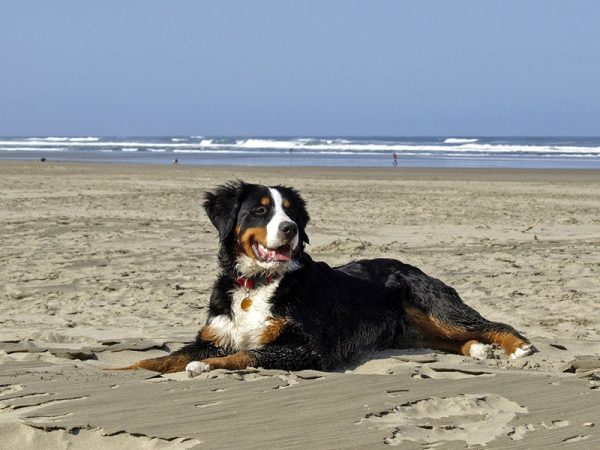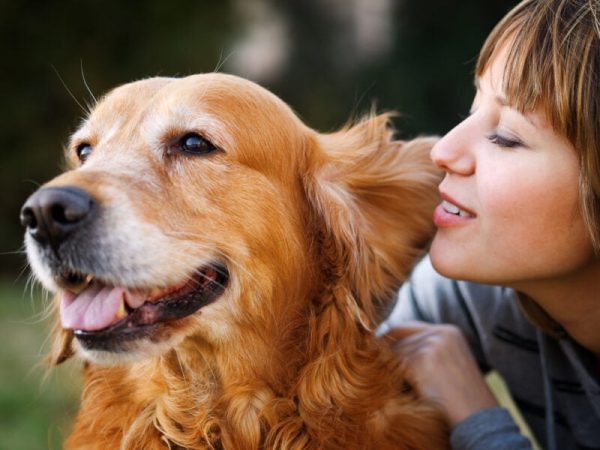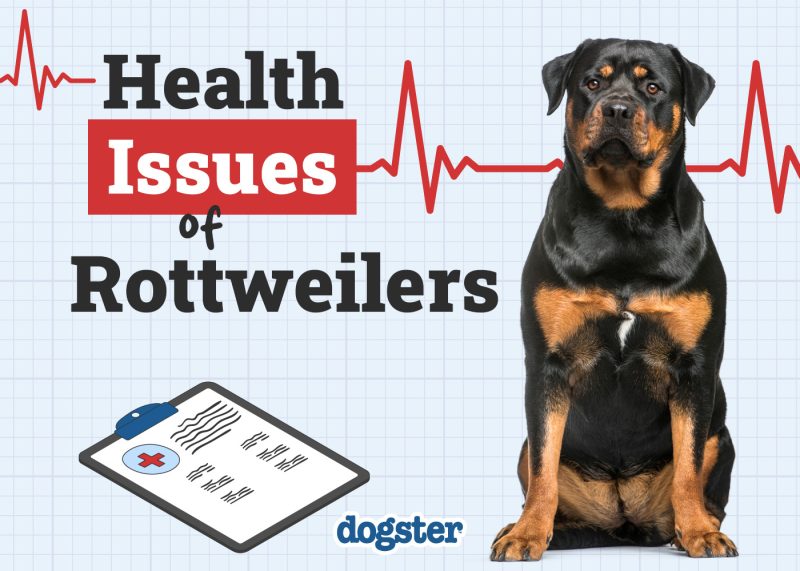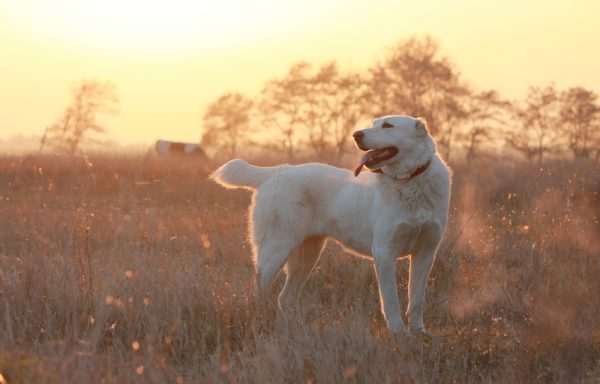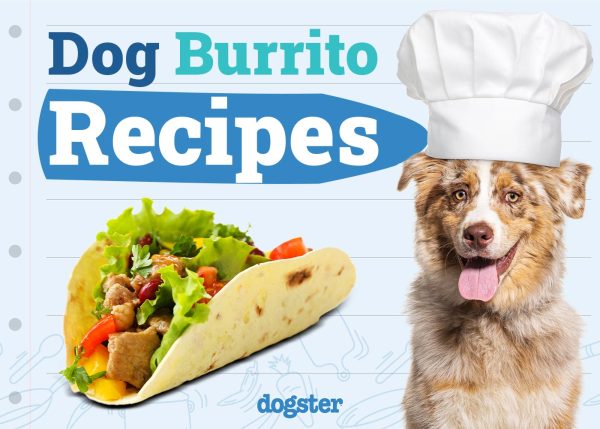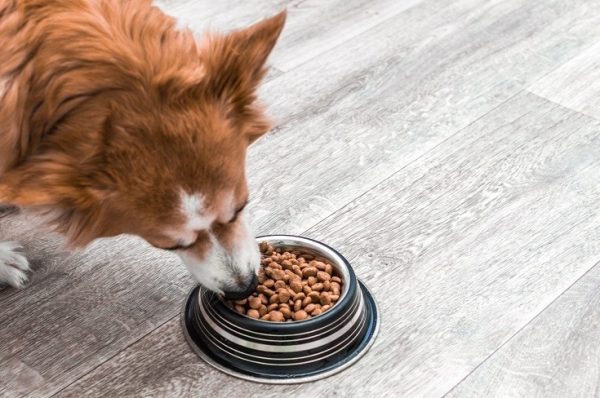For most dogs, refusing to eat or drink is a troubling sign. This can often indicate that your dog is sick or injured. If your dog isn’t drinking water or doesn’t seem to be drinking enough water, you must reach out to your vet to determine what’s going on. A dog that isn’t drinking can become severely dehydrated quickly, and there is likely an underlying medical issue that needs to be addressed by a vet.

The 12 Steps to Follow to Get Your Dog to Drink Water
If your dog has already seen the vet and has been deemed well enough to go home, but you’re still having trouble getting them to drink, here are some steps you can take to encourage your dog to take in more fluids to prevent dehydration.
1. Track Their Intake
If you think your dog might not be drinking enough water, regardless of the reason, you should start tracking their food and water intake. As a rule of thumb dogs will drink around an ounce of fluids per pound of body weight per day. This is only a rough guide and will be affected by many factors, including whether they are eating wet or dry food, the weather, and how often they exercise.
Recording their daily consumption will help you better determine if your dog isn’t taking in enough fluid, and it will help your vet.
Did you know that you can speak with a real vet online about your dog’s health?
2. Provide multiple, easily accessible water bowls
Having multiple water bowls in the house and yard can help encourage your dog to drink. Make sure one is always available where they spend most of their time. For older dogs that may have mobility issues, consider the location of the water bowls and make sure they are easily accessible for them. Some dogs have individual preferences regarding the type of water bowl, and replacing an old plastic bowl with a ceramic one may encourage them to drink more.
3. Ensure the Bowl is Clean
Dogs dislike drinking from a filthy water bowl. Wipe out your dog’s bowl every day to ensure no algae or other grime is building up inside. If the bowl is old and made from a plastic material that can absorb odors over time, it might be best to replace it completely.
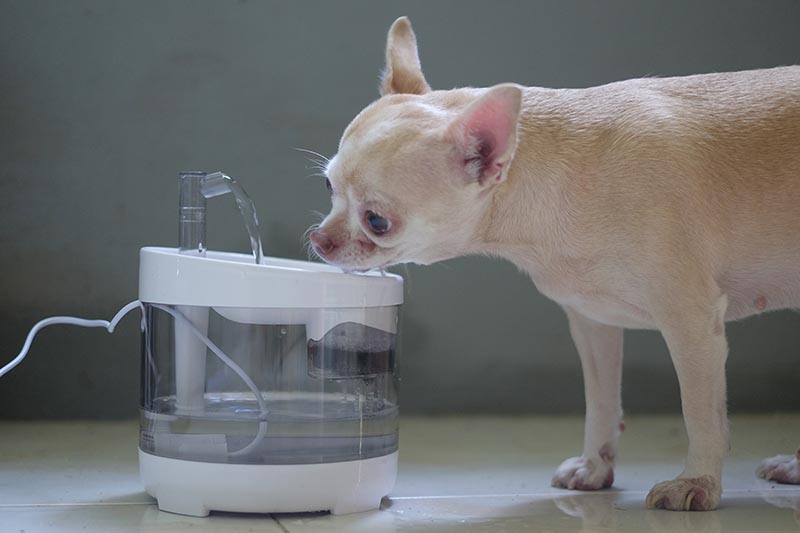
4. Always Provide Cool, Clean Water
Equally as important as a clean bowl is ensuring your dog always has access to fresh, clean, and cool water. You should never withhold water from your dog unless you have been explicitly directed to do so by a vet. Cool water is more palatable to most dogs, especially if the weather is hot. Replace your dog’s water daily, and check throughout the day to ensure they always have access to water.
5. Add Ice Cubes
Many people prefer their drinks with ice, and some dogs are the same way. Ice cubes make the water colder and may encourage some dogs to drink more. Many pups like to eat ice cubes, and you can offer a few to your pup to see if they will encourage more drinking.
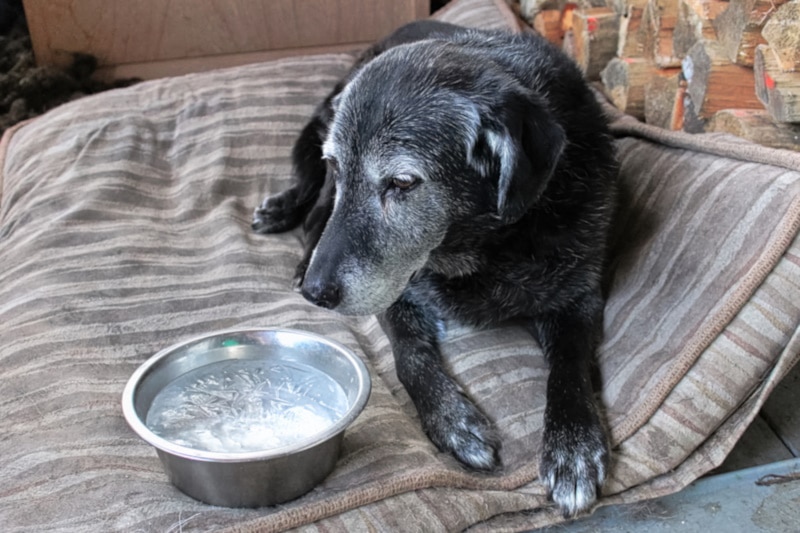
6. Add Electrolytes Under Vet Advice
For dogs that are becoming dehydrated, maintaining hydration is extremely important to keep them out of the hospital. Electrolyte solutions mixed with your dog’s water can be helpful if advised by your vet. Oralade GI Support Tasty Solution is an example of one formulated specifically for dogs and cats. It is flavored, which can also encourage dogs to drink more. Human products such as unflavored Pedialyte are not ideal and should be avoided unless specifically advised by your vet.
7. Offer Wet Food
Wet dog food contains a significant percentage of moisture, usually around 75%–80%. Wet food is more palatable to a dog that isn’t feeling well and has the added benefit of sneaking water into them.
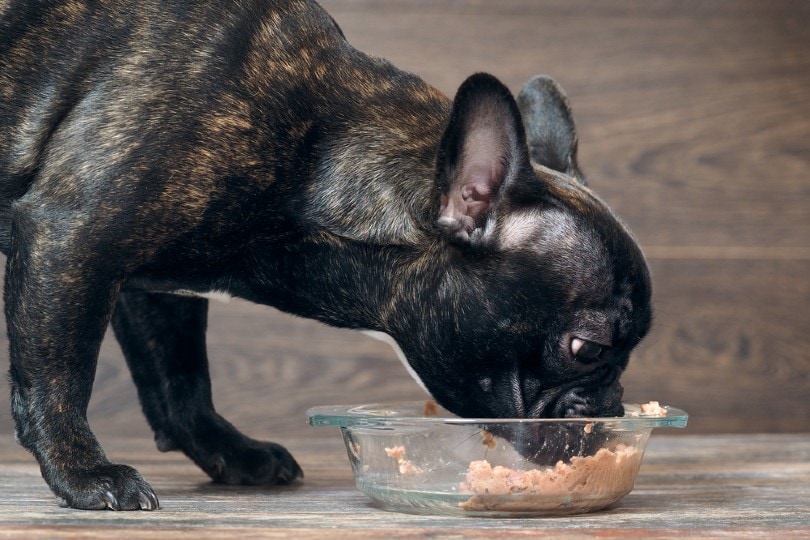
8. Add Water to Dry Food
Dry food isn’t completely devoid of moisture but usually contains less than 12%. You can add water to your dog’s dry food to provide more hydration. Allowing the food to sit in the liquid for a little while will soften the food, which may make it easier for some dogs to eat.
9. Offer Low-Sodium Broth
Low-sodium broth is a tasty, easy, and affordable way to encourage your dog to drink more liquids. Chicken and beef broth are available in every grocery store and are affordable. Bone broths are also a good option since they provide more calories and protein than regular broth.
When shopping for broth for your dog, always choose brands with low sodium or no added sodium and check the label for ingredients that can be toxic to dogs, like onion and garlic. Alternatively, you can make your own with no salt and dog-safe ingredients.
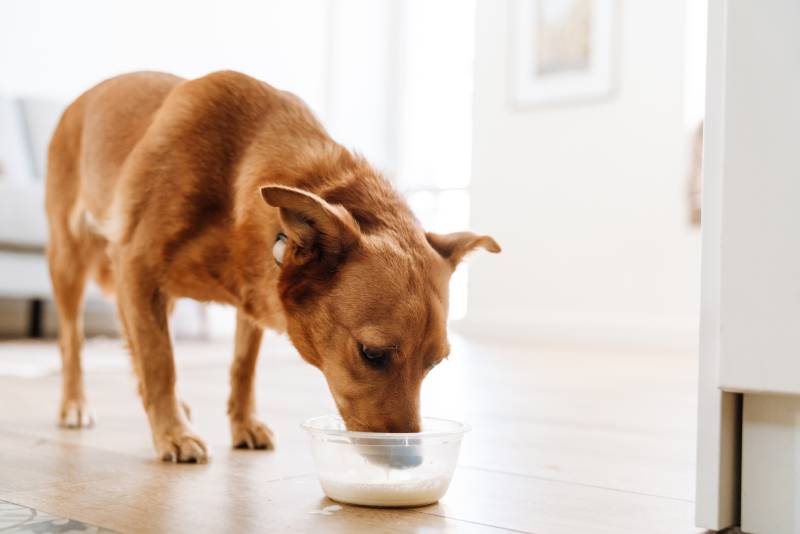
10. Get a Fountain
There’s just something about running water that makes it tastier, and many dogs prefer running water for drinking. Pet fountains provide fresh, running water for your dog and are often a pretty affordable addition to your pet supplies. Just make sure to read up on how to properly care for and clean your dog’s new fountain so you can keep it hygienic.
11. Offer Water by Hand
If your dog isn’t feeling well, they may just need a little extra TLC from you. Hand-feeding wet food or water can encourage your dog to eat and drink, even when they’re sick. Sometimes, simply holding the bowl for your dog encourages them, while other dogs may want to eat or drink from your hands.
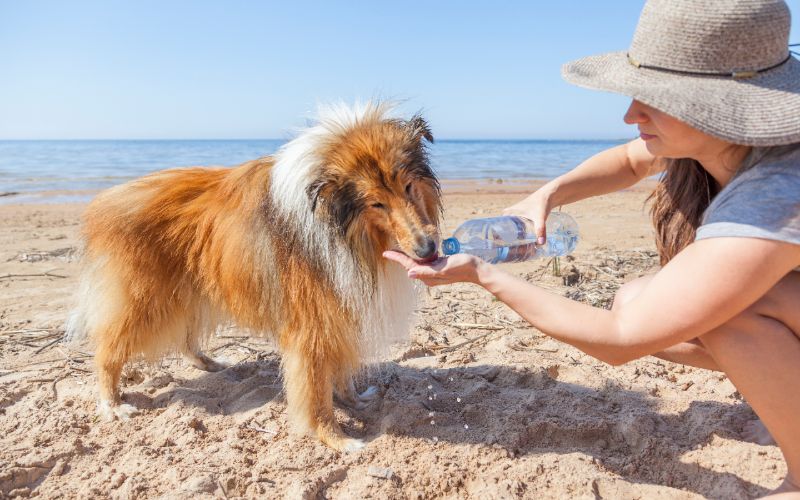
12. Syringe Water into Their Mouth
In extreme cases, you can use a needleless syringe, spoon, or small baster to squirt water into your dog’s mouth. This should be reserved for extreme circumstances, and if your dog requires water to be put directly into their mouth to drink, you need to let your vet know. It’s also important to ensure that you only squirt water toward the front part of your dog’s mouth. Squirting water directly into the back of the mouth or throat can lead to the aspiration of water into the lungs.

If you need to speak with a vet but can’t get to one, head over to PangoVet. It’s our online service where you can talk to a vet online and get the personalized advice you need for your pet — all at an affordable price!
Final Thoughts
Dehydration is a major threat to your dog’s well-being, so it should never be ignored. Always let your dog’s vet know if you feel like they may be sick or that they aren’t eating or drinking enough. Don’t ignore these signs or attempt to treat them at home without guidance. This can do more harm than good by delaying potentially necessary care for your pup.
Related Read:
- How to Get a Dog to Drink Water: 9 Easy Vet-Reviewed Steps
- Can Dogs Eat Ice Cubes? Facts, Fun Ideas & Precautions
Featured Image Credit: Vera Larina, Shutterstock



